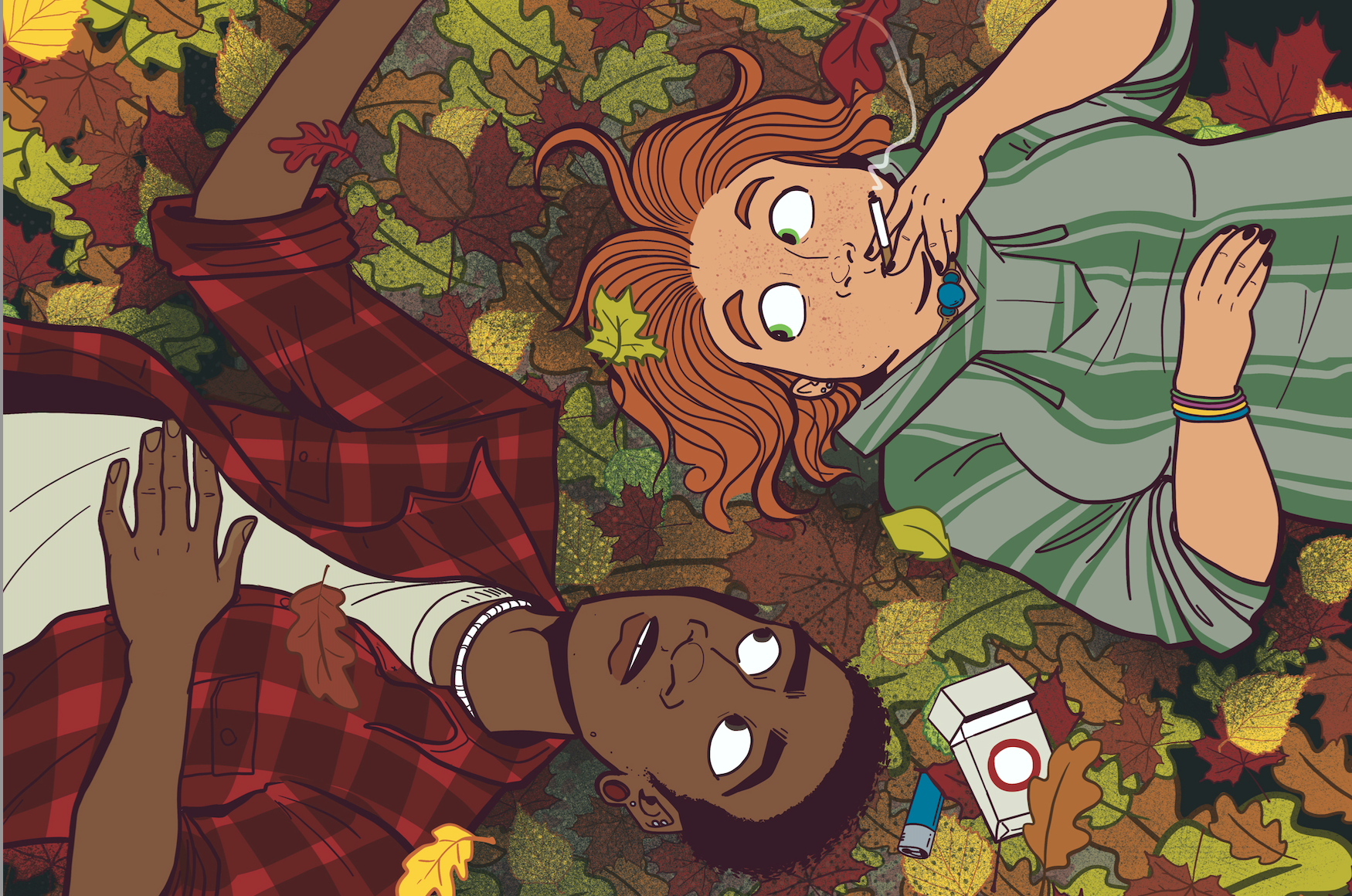
By Kathryn Berla
As someone who relied on the strength of my female friendships to help me get this far in life, I would be very reluctant to write a book using the typical ‘mean girls’ trope. I care so little for that trope, I usually even avoid reading books which incorporate its model.
I’ve tried to avoid stereotyping any of my characters. The most frequent overuse of a stereotype is the popular, good-looking guy or girl who’s vain, manipulative, self-serving and often cruel. Why this cliché continues to thrive, I’m not sure. Perhaps it’s just human nature to tear down one group in order to build up another. Perhaps when someone is blessed with good looks, poise and/or wealth, having a flawed personality proves that person is unworthy deep down inside.
But I’ve always believed that truly popular kids are popular because they’re nice and make others feel good about themselves. And jerks are jerks—universally loathed no matter what they look like or how they dress. Kids in high school aren’t dumb and they understand the difference. Authors who play upon those stereotypes, do their teen readers a disservice, not to mention underestimating their intelligence.

Stereotypes of any kind should always be avoided and fortunately the cultural mindset is moving beyond those narrow views about people, although popular culture often lags behind. I also believe the reverse to be true—a protagonist with perfect looks ceases to be interesting in my mind because automatically I don’t see them as real. In my young adult romance ’12 Hours In Paradise’, a reader asked me to describe my main character, Dorothy. It was only then I realized I hadn’t included a physical description of her because what was going on inside her head was what was meaningful to the story.
In my young adult sci-fi fantasy novel, ‘Dream Me’, the main character has an awakening after making incorrect assumptions about the local alpha female and male characters when her family moves to a new city. She learns that people make false assumptions about her as well—even her name Babe (she’s named after Babe Didrikson Zaharias, one of the most famous female athletes in history) becomes a source of ridicule to others. People make assumptions about her based on her California roots. But every character in ‘Dream Me’ challenges stereotypes and that’s a goal I try to achieve in all of my books.
Which brings me to ‘The Kitty Committee’, ostensibly a “mean girls” story. But ‘The Kitty Committee’ isn’t the story of a group of girls who buy into their own mythology of being superior to everyone else, thereby giving them carte blanche to treat others with contempt. ‘The Kitty Committee’ is a story about the dangers of allowing one’s own need to belong to weigh more heavily than good judgement and compassion for others.

It’s the story of our own vulnerability when we feel isolated, and the lengths we’ll go to in order to protect ourselves from emotional pain. It’s the story of those among us who operate without a conscience (sociopaths) and how the hole that exists in their empathy center can become a hole into which the more vulnerable can fall. On a micro level, we saw it happening in Columbine. On a macro level, we see it happening in governments throughout history.
So, on the surface, ‘The Kitty Committee’ might appear to be a mean girls tale which is exactly why I wanted to pack the story with strong female friendships and role models. I don’t want this story to be confused with one that takes a cheap shot based on stereotypes that have existed in literature for longer than any of us have been alive. I wanted it to be a warning about turning over our power to another. And I also wanted it to be a story of inspiration—how strong friendships can be redemptive, empowering.
How an inspirational positive example can change another’s life story. And that neither sex is exempt from sociopathic tendencies. A girl who happens to be beautiful and smart and also cruelly manipulative does not represent all girls who are beautiful and smart. In ‘The Kitty Committee’ she’s just one girl, and if she’s there to symbolize anything, it’s as a warning—a message to never turn your power over to another, male or female. To choose kindness above all, whenever you have a choice.


Kathryn Berla is the author of 6 previous books including ‘Going Places’, which received VOYA Magazine’s Perfect Ten rating. ‘The Kitty Committee’ is a psychological thriller that echoes her own globetrotting past. Kathryn graduated from the University of California in Berkeley with a degree in English and lives in the San Francisco Bay Area. You can follow her on Twitter @BerlaKathryn Instagram @AuthorKathrynB and Facebook @KathrynBerlaBooks

















One thought on “Author Kathryn Berla Tackles The “Mean Girls” Phenomenon In Her Novel ‘The Kitty Committee’”